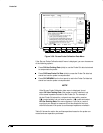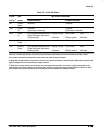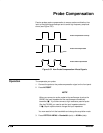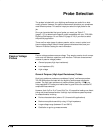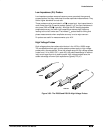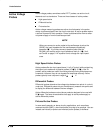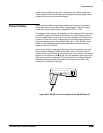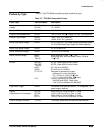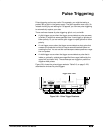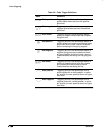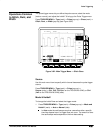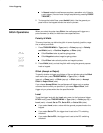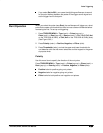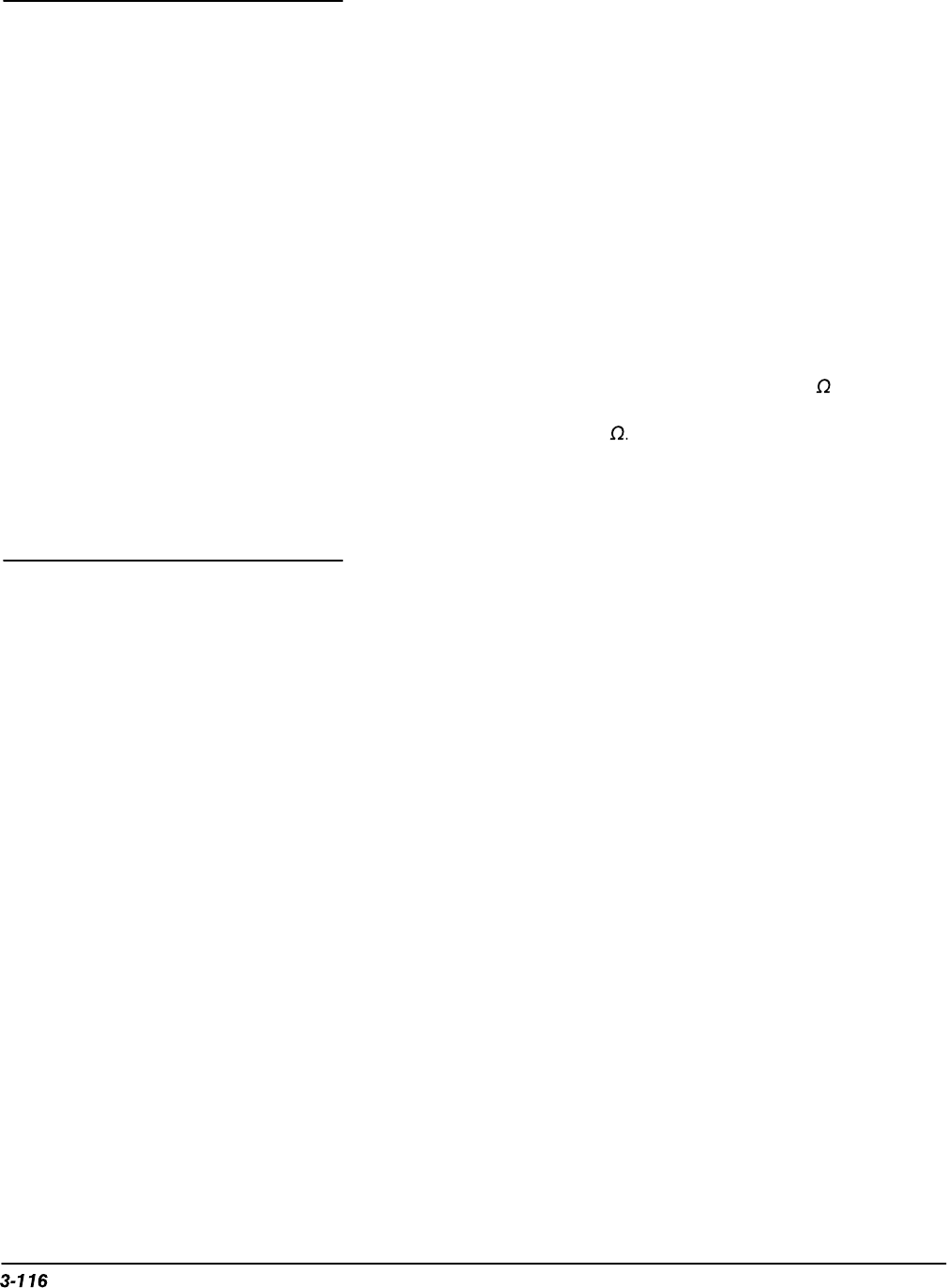
Probe Selection
Reference
Optical probes let you blend the functions of an optical power meter with the
high-speed analog waveform analysis capability of an oscilloscope. You have
the capability of acquiring, displaying, and analyzing optical and electrical
signals simultaneously.
Applications include measuring the transient optical properties of lasers,
LEDs, electro-optic modulators, and flashlamps. You can also use these
probes in the development, manufacturing, and maintenance of fiber optic
control networks, local area networks (LANs), fiber-based systems based on
the FDDI and SONET standard, optical disk devices, and high-speed fiber
optic communications systems.
NOTE
When you connect any level 2 probe to the oscilloscope, the input
impedance of the oscilloscope automatically becomes 50
. If you
then connect a high input impedance passive probe
you need to set
the input impedance back to 1 M
Vertical Control,
on page 3-147,
explains how to change the input impedance.
The instantaneous time-interval to voltage converter (TVC) continuously
converts consecutive timing measurements to a time-interval versus time
waveform.
Timing variations typically appear as left-to-right motion, or jitter, on an oscillo-
scope. Time base or trigger holdoff adjustments may improve display stability,
but they do not show timing dynamics. The TVC untangles the often confus-
ing waveforms and delivers a coherent real-time view.
The TVC adds three measurement functions to the voltage versus time
capability of your oscilloscope: time delay versus time, pulse-width versus
time, and period versus time.
Optical Probes
Time-to-Voltage
Converter



